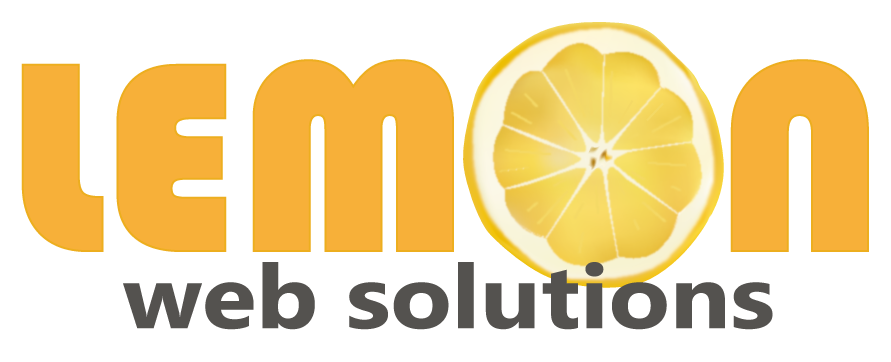July 1, 2025 marks the official rollout of Malaysia's expanded Sales and Service Tax (SST) framework—one of the biggest fiscal overhauls since GST was scrapped. But beyond the headlines, the real action is happening behind the scenes: in databases, ERPs, accounting systems, and IT workflows across the country.
If you're in IT or finance, this is not just a tax change—it's a systems update. Here's how it's shaping up.
SST 2.0 – A Quick Recap for Tech Teams
Under Budget 2025, Malaysia is widening its SST scope to shore up revenue and modernize fiscal policy. Here's the high-level breakdown that matters from a system standpoint:
Sales Tax (Goods):
Service Tax (Services):
1. Update Your ERP, Finance and POS Systems Now
If you're running SAP, Oracle, Microsoft Dynamics, Odoo, or custom-built ERP platforms, you'll likely need configuration updates
Pro tip: SST in Malaysia is a single-stage tax (not value-added like GST), so avoid cascading tax calculations.
2. Invoicing Logic & PDF Templates Need SST Fields
Your system-generated invoices must:
Watch for bugs if you're using pre-coded invoice templates—hardcoded "6%" lines could result in compliance issues.
3. Don't Overlook Legacy Software or Custom Scripts
Still using:
You'll need manual patching or script updates to reflect new SST classifications. Even SQL triggers used for tax logic might need refreshing.
4. Data Compliance & MySST Integration
Businesses meeting SST thresholds must:
If you're already automating tax submissions via API or custom scripts:
Heads up: Some organizations are seeing 503 errors or timeout issues as MySST undergoes backend scaling.
5. Cloud vs On-Prem: Who Has It Easier?
Make sure your software vendor supports the SST 2025 revision pack.
6. Transitional Window: Use It Wisely
The government has granted a transitional grace period until 31 December 2025—you won't be penalized if you're actively working on updates and can show effort.
But that doesn't mean you can delay:
7. Suggested IT Checklist
Here's a quick deployment checklist for IT & dev teams:
• Revise invoice templates and receipts
• Update database schema for SST logic
• Patch billing engines and POS systems
• Test with real transaction data
• Sync with MySST portal changes
• Document all logic changes for future audits
Final Thoughts
SST 2025 is not just a finance department concern—it's an IT initiative too. If your system still treats SST as a flat 6%, you're already out of spec.
Use this as a catalyst to modernize your tax logic, future-proof your systems, and ensure you're not caught off guard by compliance audits or customer disputes.





Comments